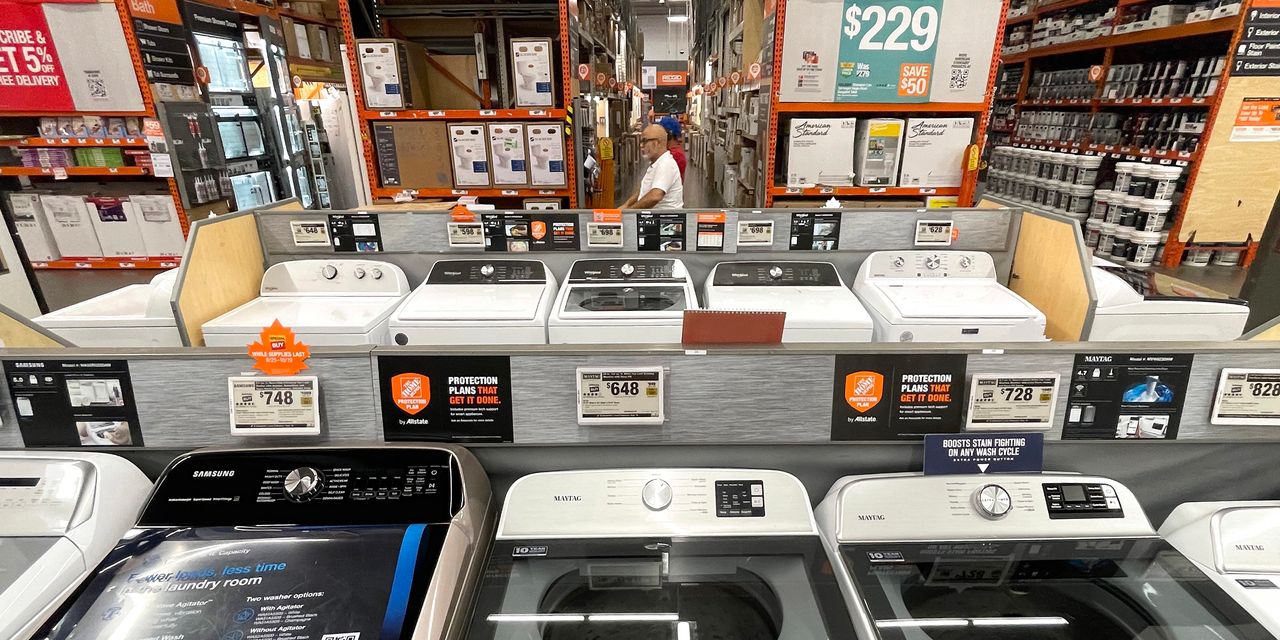The numbers: The U.S. cost of living fell 0.1% in December and posted the first decline since the onset of the pandemic in 2020, pointing to a further slowdown inflation after it hit a 40-year peak last summer.
Economists polled by The Wall Street Journal had forecast a 0.1% drop in the consumer price index. Lower oil prices largely accounted for the decline.
The annual rate of inflation fell for the sixth month in a row to 6.5% from 7.1% . That’s the lowest level in more than a year and down from a 40-year peak of 9.1% last summer.
U.S. stocks rose slightly after the report. Wall Street hopes easing inflation will allow the Federal Reserve to end a cycle of interest-rate hikes soon before they tip the economy into recession.
Yet the Fed has signaled it plans to raise interest rates several more times this year barring a sharper slowdown in price increases.
The so-called core rate of inflation, which omits food and energy, rose 0.3%. That matched Wall Street’s forecast.
The advance in the core rate over the past 12 months dropped to 5.7% from 6% to mark the lowest level in a year.
The Fed views the core rate as a more accurate predictor of future inflation trends.
Key details: Gasoline prices fell again at year end to hold down the headline CPI. The cost of gas has tumbled since last summer and given households some major price relief.
What’s more, the cost of groceries rose a mild 0.2% in December — the smallest increase in almost two years — and showed signs of ebbing. Grocery prices are up 11.8% in the past year, however.
There were a few negative readings in the report.
A key price gauge the Fed is tracking as a proxy for labor costs climbed in December. The cost of services minus shelter rose 0.4% after no increases in the prior two months.
The increase in that category over the past year edged up to 7.4% from 7.3%, though it’s almost one point below the pandemic high.
Fed officials worry a recent surge in wages could keep price pressures high and make it harder to get inflation back down to the central bank’s 2% annual target. It might be the most important number for the Fed now.
Another major worry of the Fed is the cost of shelter, which has risen at the fastest pace since 1982. It’s the single biggest category of the CPI.
Rents jumped 0.8% in December.
As a result, the yearly increase in the cost of shelter rose to a new 40-year high of 7.5% from 7.1%.
More recent surveys of rents and home prices, however, suggest they will slow markedly in the next year.
Higher mortgage rates have choked off home sales and rent increases are also slowing, but it takes up to six months for these changes to show up in the CPI because of technical factors in how these prices are calculated.
Big picture: Inflation is coming down, but not fast enough to entirely appease the Fed. The central bank wants to see price pressures — especially wage growth — ease a lot further before before it backs off its get-tough strategy.
Still, the Fed is prepared to slow the pace of interest-rate hikes and probably bring them to a halt later this year to gauge the effects of its monetary medicine. Higher interest rates bring inflation down by reducing demand and slowing the economy.
If rates go too high, the danger is that the economy could be thrown into recession. Many economists predict a short downturn later this year or next, though one senior Fed official believes the odds of averting one are going up.
Looking ahead: “Today’s inflation print is another sign that the Fed’s prescription for bringing down high inflation is working,” said Charlie Ripley, senior investment strategist at Allianz Investment Management.
“Inflation is moving in the right direction, but I am not sure it offers crystal clear evidence on what the Fed will do in February,” said Sam Bullard, senior economist at Wells Fargo.
Market reaction: The Dow Jones Industrial Average
DJIA,
and S&P 500
SPX,
were set to open higher in Thursday trades. The yield on the 10-year Treasury note
TMUBMUSD10Y,
was little changed at 3.52%.
